
Ciutadella Park in Barcelona (Parc de la Ciutadella) - city Park (green area), located within the Old city of Barcelona on its North-Eastern edge.
The Ciutadella - the first city Park, appeared in Barcelona.

The history of the creation of the Park Ciutadella originates from the 18th century. At that time, after the War of the Spanish succession, by order of Philip V in the center of Barcelona, with the aim of suppressing the "hot and freedom-loving character" of the locals, the fortress was built.
After almost one hundred and fifty years, in the mid-19th century, when the fortress lost its military significance, the Spanish government agreed to destroy the construction, reminiscent of the occupation regime. The castle and its surroundings was established the Park Ciutadella.
Over time, the Park was transformed. The main contribution to the development of the Park the ball made before 1888 the first world exposition, the main venue which was chosen in the Ciutadella Park. At that time the Park was substantially reorganized, laid out in English style according to the project, Jusepe Fontsere and adorned with many pavilions and monuments.
At the same time in front of the main entrance to the Park, on the Boulevard de Passeig de Lluís Companys were installed now so famous arc de Triomphe of Barcelona. Arch was the main entrance (main gate) of the world exposition of 1888. Read more about arc de Triomphe in Barcelona...

The arc de Triomphe view from the Park Ciutadella
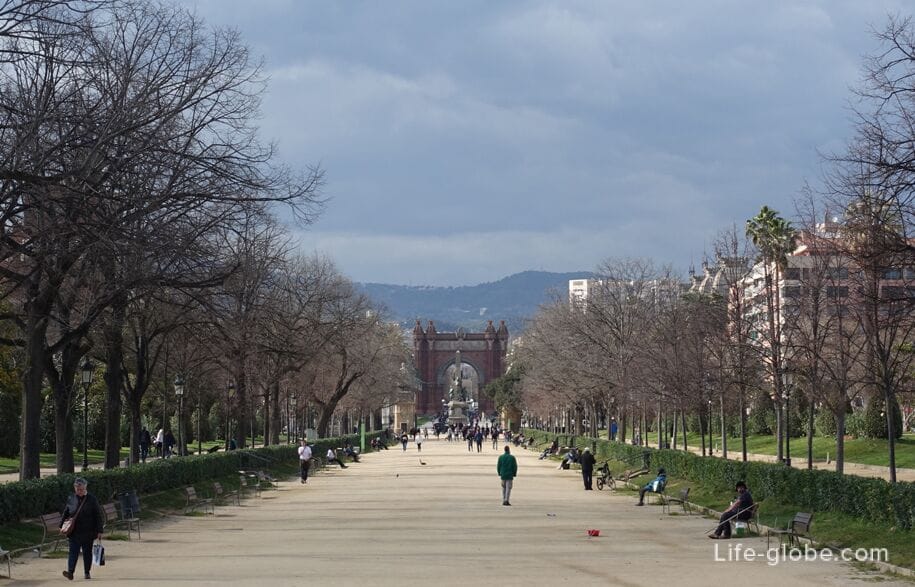
The second phase of a significant reorganization Ciutadella Park began in 1892 when part of the territory of the Park it was decided to place the Barcelona zoo.
Currently, the Park Ciutadella covers an area of 30 ha. and is one of the favorite places for walks and recreation among locals and visitors alike.
In the Park de la Ciutadella: alleys and places for rest, fountains and an artificial lake, the Barcelona zoo, museums and monuments and numerous sculptures. It's kind of a Museum under the open sky.
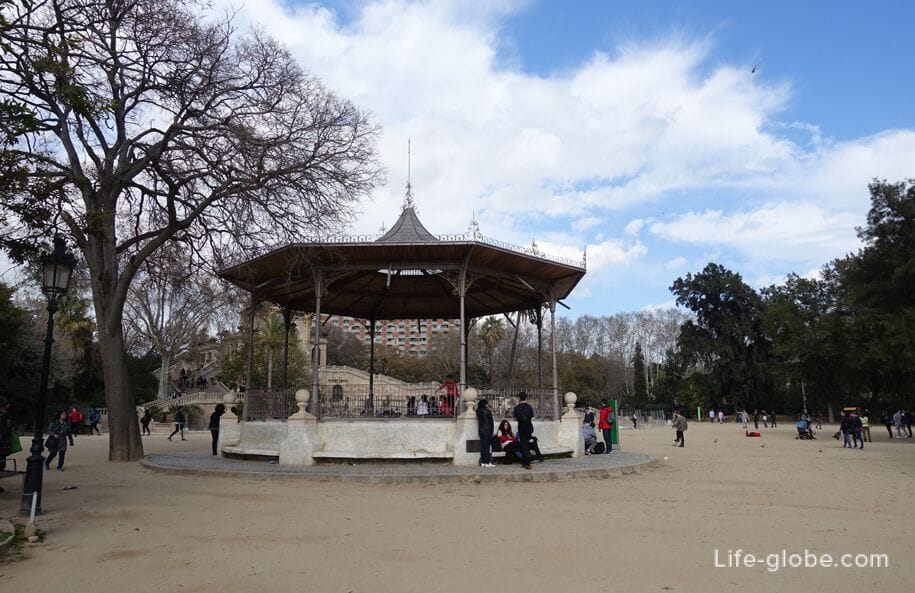
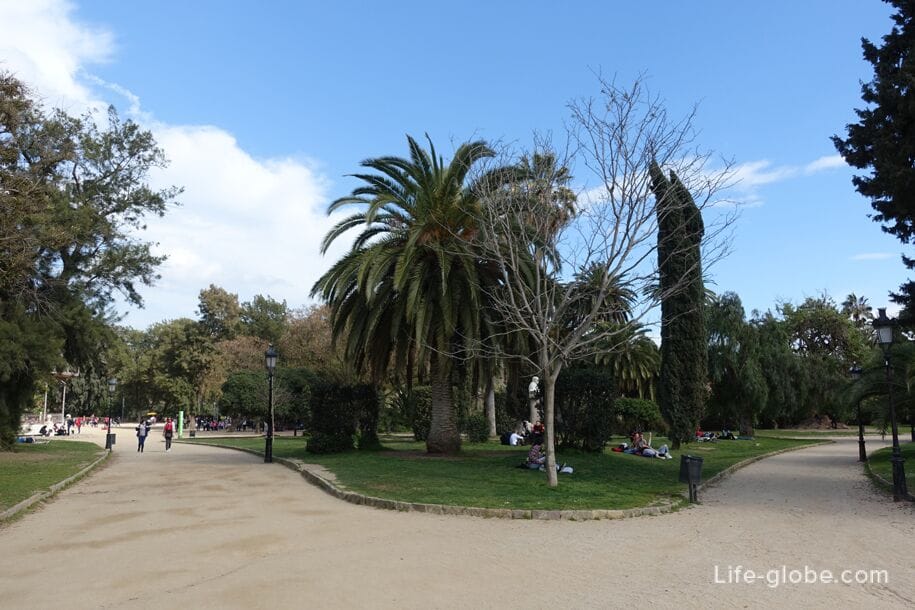

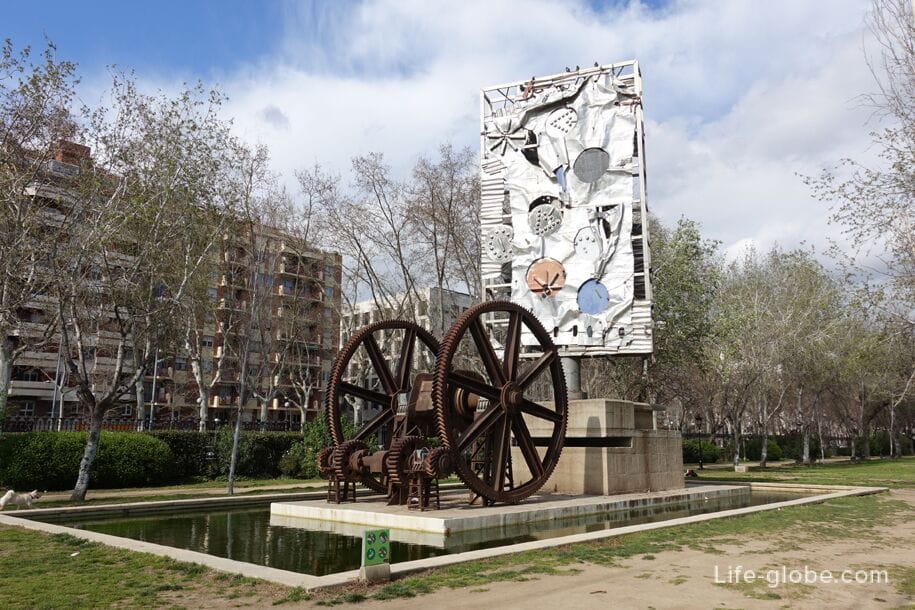
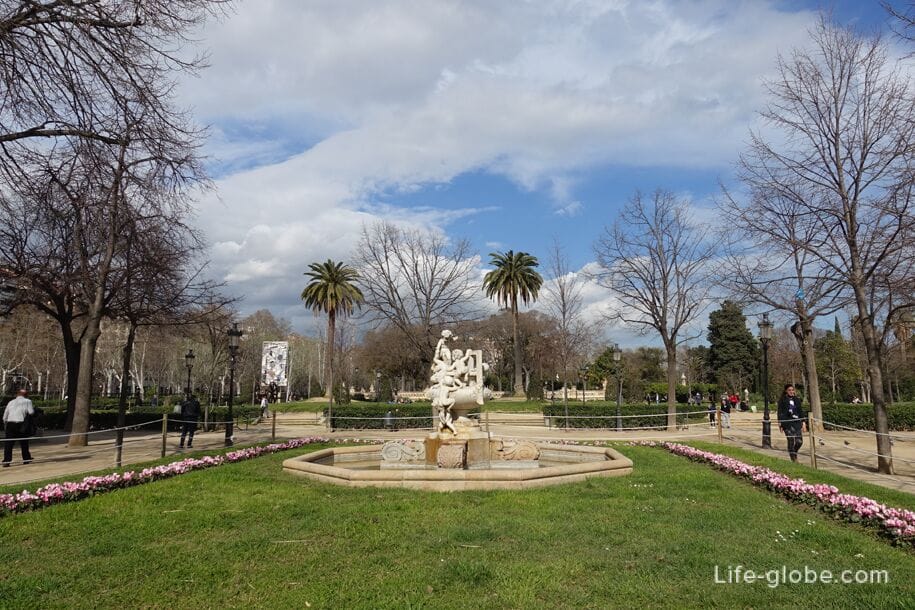
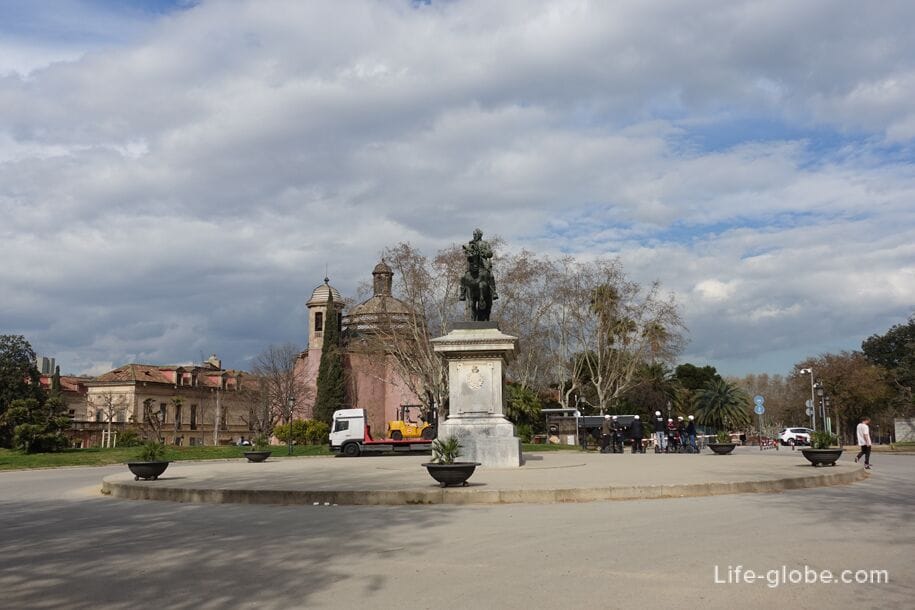
Sculpture of a Mammoth
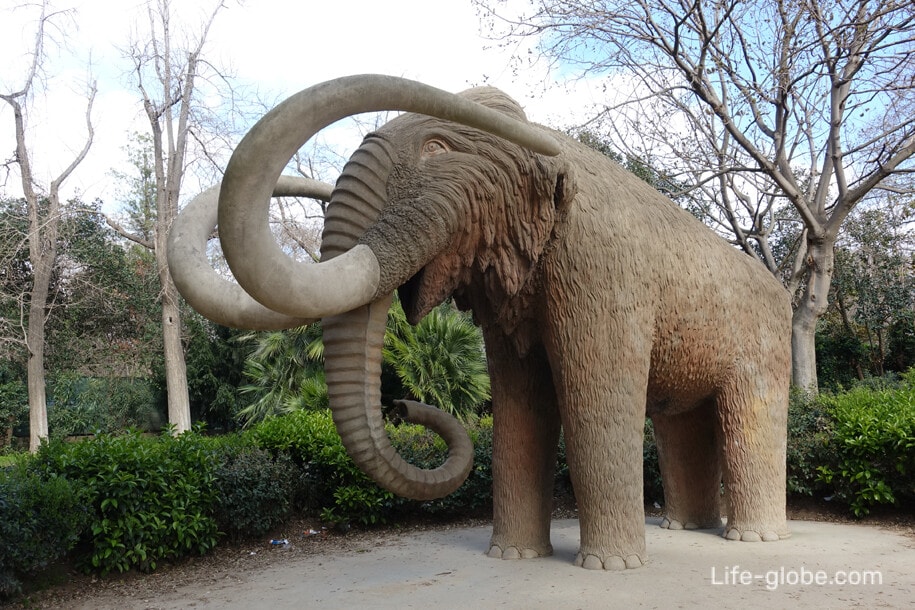
Bronze Nude figure of a young man with his hands raised, goes back to 1918, when it was decided to erect a monument to the Catalan volunteers who died on the battlefield under the flags of the allies.
The sculpture was the object of violations during the Franco regime. On the occasion of the Eucharistic Congress in 1952, the monument was hidden by a large screen. In December 1952 the statue's hand was cut off, therefore, before the restoration it was again sealed box. In 1954, copper hands were restored, and the genitals of a young man covered in grape leaves.
In the 75th anniversary of the opening of the sculpture, the infamous grape leaf was removed, thus restoring the original nudity, which to this day allows you to enjoy the work of Josep Clara.
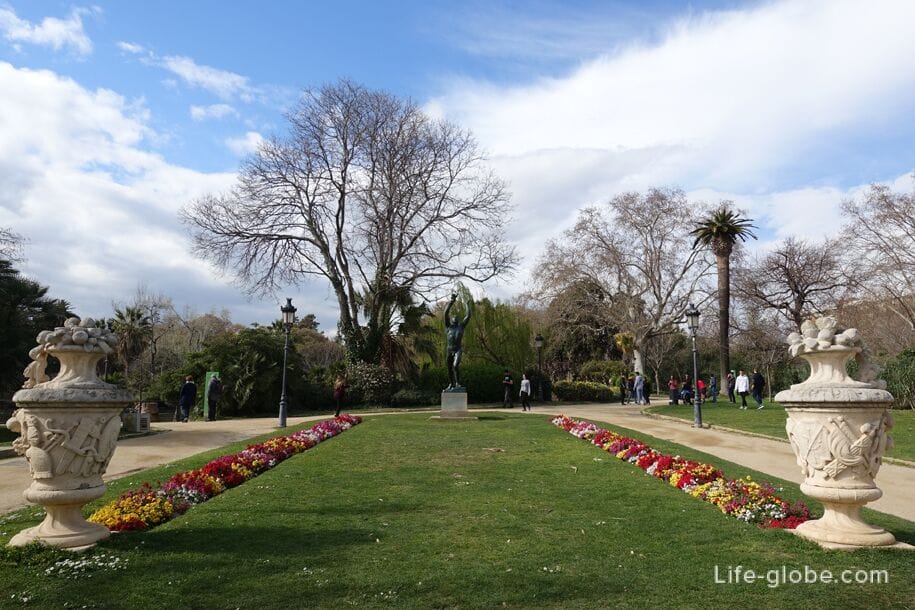
The Cascada (waterfall or cascade in Spanish), located in the Northern corner of the Park, opposite the lake, is not only the symbol of the Park, but also one of the important attractions of Barcelona.
Fountain "Grand Cascada" in Barcelona was first opened in 1881 in the form of a triumphal arch and looked very plain. At that time, the Cascade was criticized by the press. After which a triumphal arch was decorated with the fountain and some attributes. For the reconstruction of the Cascade was gone 6 years.
Above the fountain worked Josep Fonciere and to a large extent, at that time still unknown architect, - Antoni Gaudi. Fonciere worked hard over the appearance of the fountain trying to make it better than the Trevi fountain in Rome. What some tourists, at times to compare a Cascada and Trevi.
The upper part of the fountain is decorated with bronze sculpture "Aurora", standing in an open basin and manages the chariot drawn by four horses.
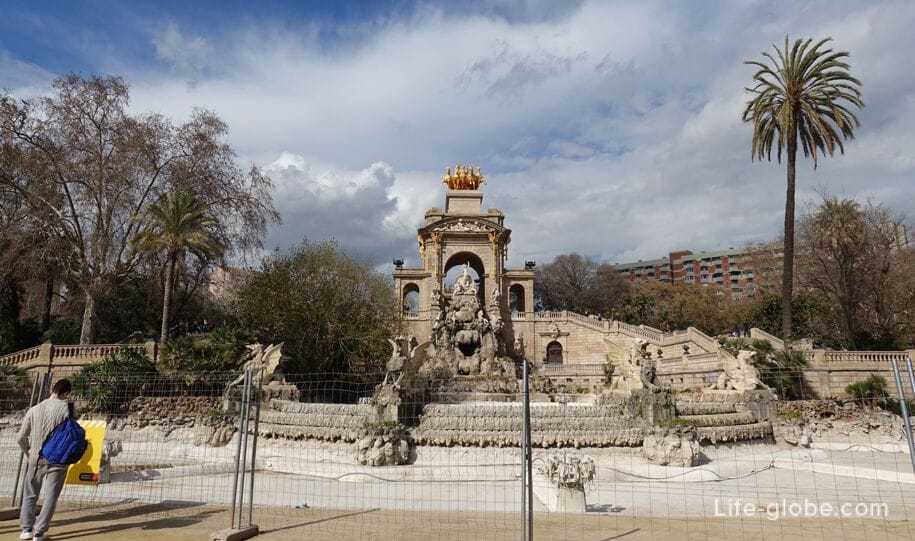
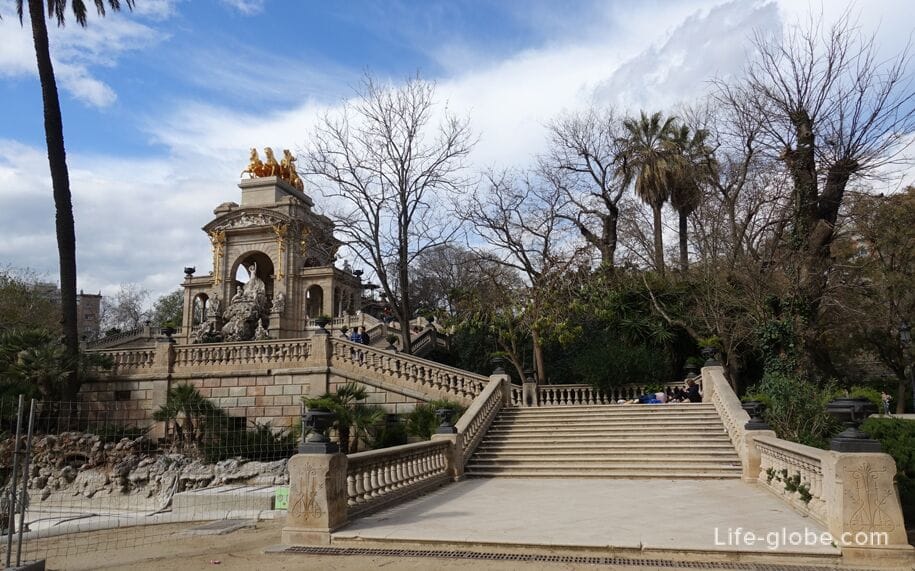

Quite the impressive volume of the lake is located almost in the center of the Park. On the water surface of the lake you can go boating. The cost of 30 minutes of riding starts from 6 Euros.
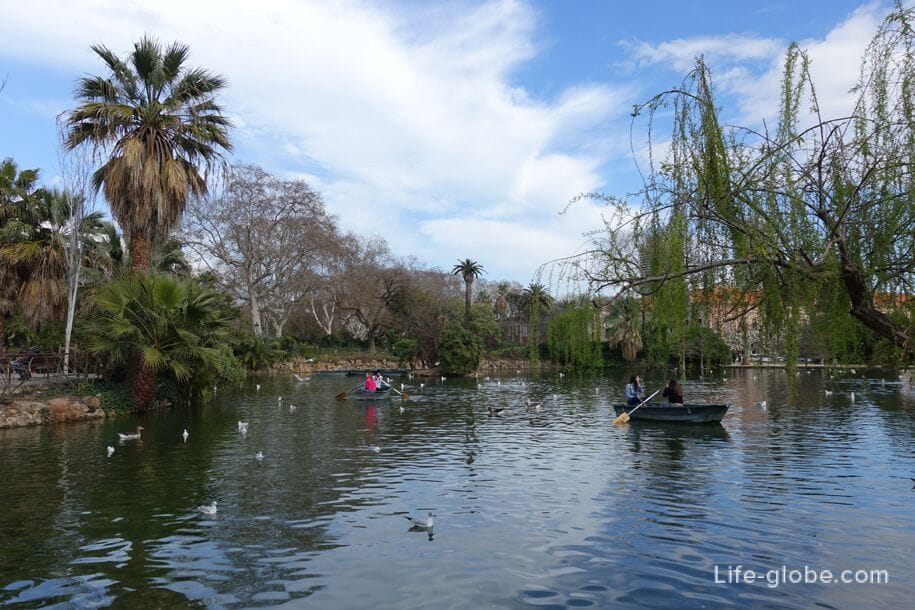
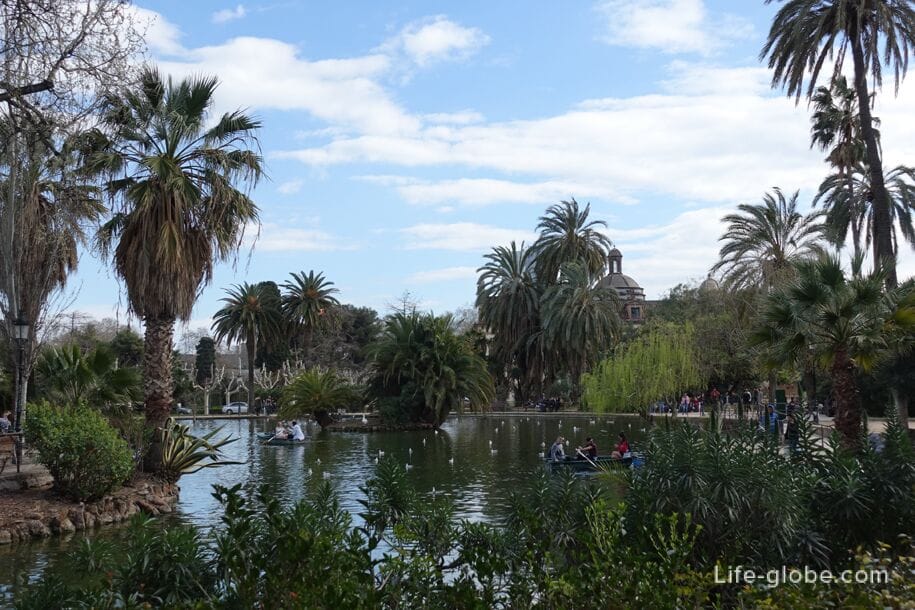
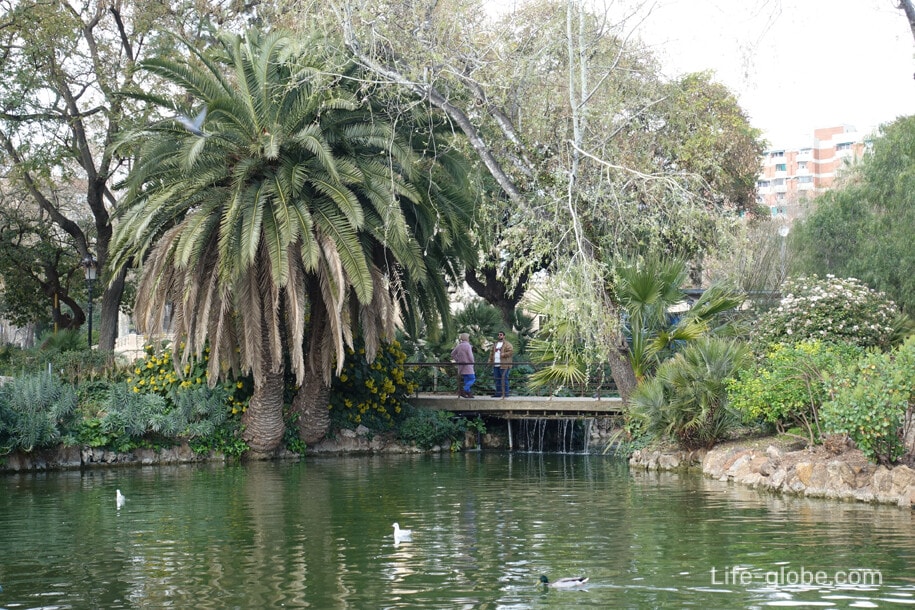
Along the Avenue Picasso (Passeig Picasso):
Castle of the three dragons (Castell dels Tres Dragons) - the art Nouveau building erected in the Park for the universal exhibition of 1888 as a café-restaurant.
Currently, the walls of the mini-castle houses the Zoological Museum of Barcelona (Museu de zoologia). The Museum contains collections of Zoology and Geology.
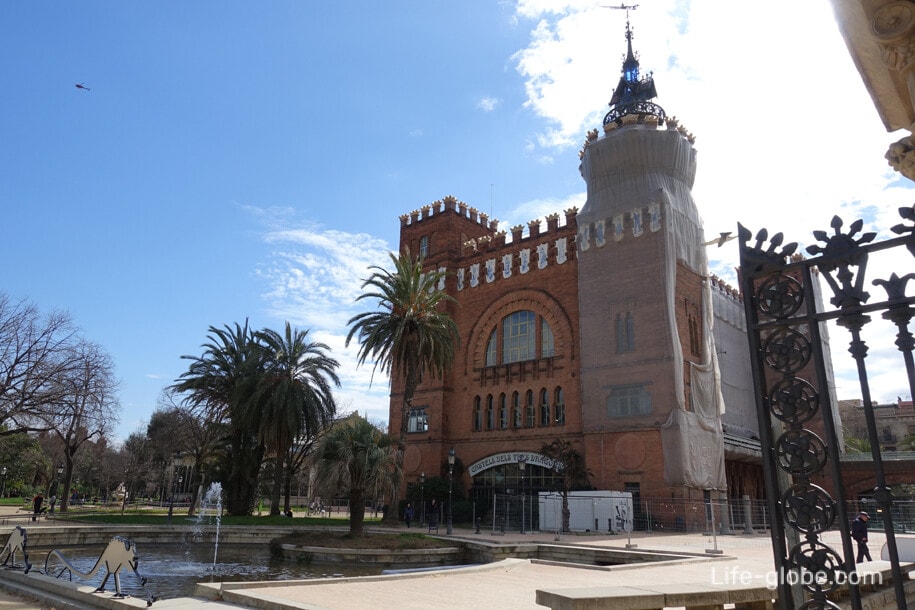
Near the castle of the three dragons is a pavilion greenhouse (L’Hivernacle). Modernist building designed by Jusepe Amargosa.

The Museum is a legacy of the scientist Francisco Martorell and Peña (1822-1878)., donated the entire collection of artifacts of cultural and archaeological significance, a research library and a sum of 125,000 pesetas for the city, with the aim of creating a new Museum.
The neoclassical Museum building was also built in anticipation of the exhibition in 1888 and named Corporación Municipal, project - Antoni Rivas and Triassic.
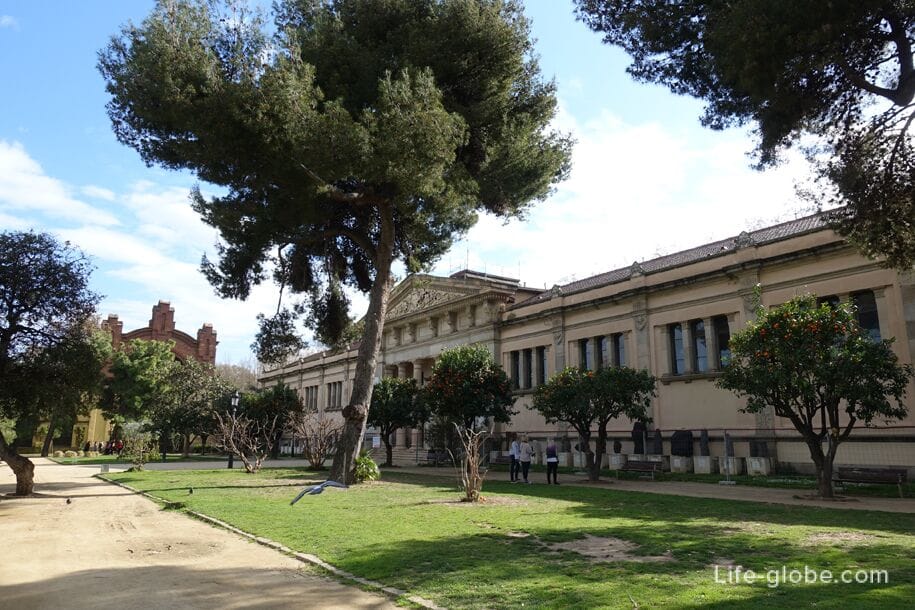
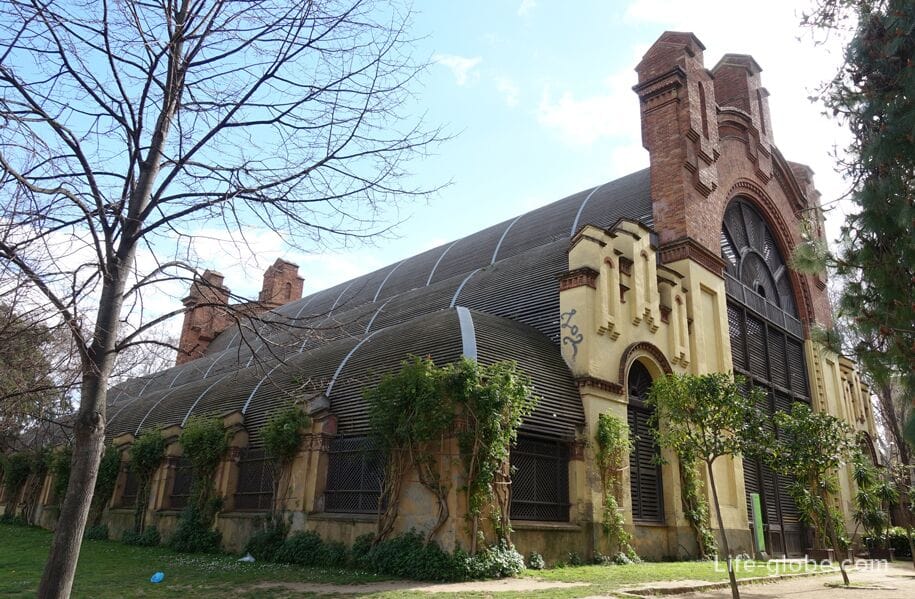
The Catalan Parliament (Parlamento de Cataluña) is located in a former Palace of the Arsenal in the Citadel (the remains of the fortress).
This Baroque building was built in 1717-1727 years, as part of the once majestic fortress.
After the castle was demolished in the mid 19th century, the building was used for various purposes including barracks, Royal Palace and art Museum. The Palace was the meeting place of the Parliament of Catalonia from 1932 to 1939. During the civil war in Spain, the Parliament was rausen. With the restoration of Parliament in 1980, the Palace was renovated and again became a seat of Parliament.
Until 2004, the part of the Parliament building was occupied by the Museum of modern art (Museu d'Art Modern). After the Museum moved to the mountain of Montjuïc, the National Art Museum of Catalonia. And since then, the Palace is used solely for parliamentary purposes.
The Palace was built in the shape of a cross, with a dome in the center and four yards. The building has two floors and an attic area 5 532 sq.m.
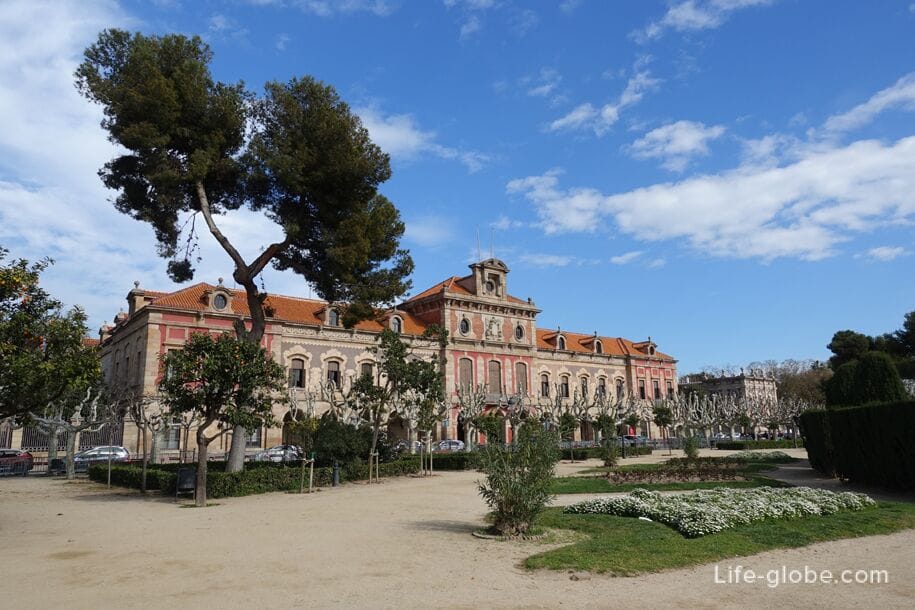
Near the entrance to the Parliament building is a square Joan Fiveller (Plaça de Joan Fiveller), the center of which is a sculpture "Despair".
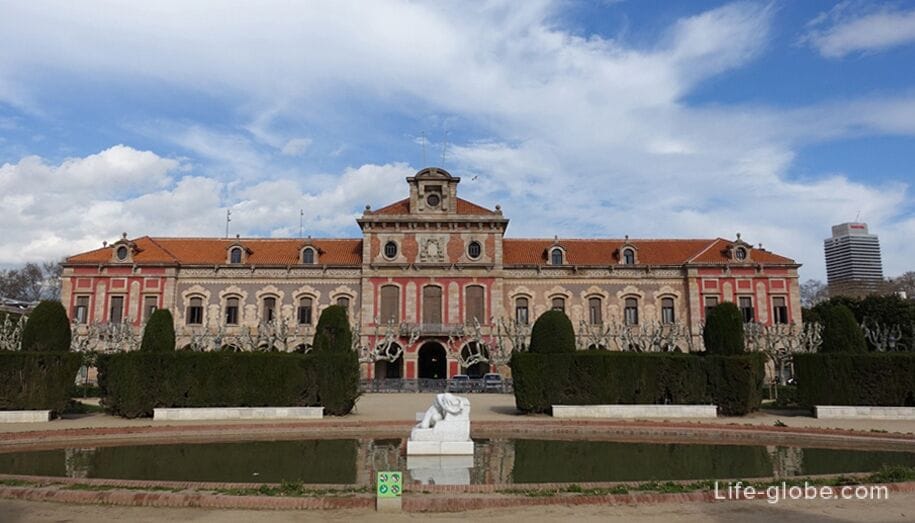
Near the building of the Parliament of Catalonia are: a high school (Institut Verdaguer) and the arrival of Castilla de la Ciutadella (Castrense de la Ciutadella), the remaining part of the former fortress.

About a third of the Park Ciutadella has at Barcelona zoo (Parc Zoològic de Barcelona).
Barcelona zoo is located in Ciutadella Park due to the presence of several buildings that are left empty after the exhibition in 1888. The zoo was opened in 1892. Its distinguishing feature at the time was the rejection of the usual fences - the animals were not separated by bars, but by moats.
At present, the zoo boasts one of the most important collections of animals in Europe.
One of the priority directions in the work of the zoo is participating in various research programs. Much attention is also given to studies of mammals, particularly primates.
In addition to the regular visits of the guests to the zoo offers different types of excursions and activities, such as, for example, 20 kinds of different seminars and educational courses in Zoology for adults. The official website of the zoo.

To get to the Ciutadella Park in Barcelona you can walk from the historical centre of the city. Distance from plaça Catalunya square is 1.3 km away.
Metro L4 station is Ciutadella/Vila Olímpica, named after the Park and the surrounding area of Vila Olimpica. Tram T4 to the bus stop Wellington.
Also near the Park, close to Triumphal arch, metro station "Arc de Triomf" line L1. Railway station trains R1, R3, R4, R7, R12, RG1. There are several bus stops. The Central bus station Estació del Nord and the French railway station (Estació de França) is also located nearby.
A visit to Ciutadella Park and(or) the Barcelona zoo can be combined with a tour of the arc de Triomphe, a visit to the digs at the cultural center of El Born and walking the streets of the Old town of Barcelona.